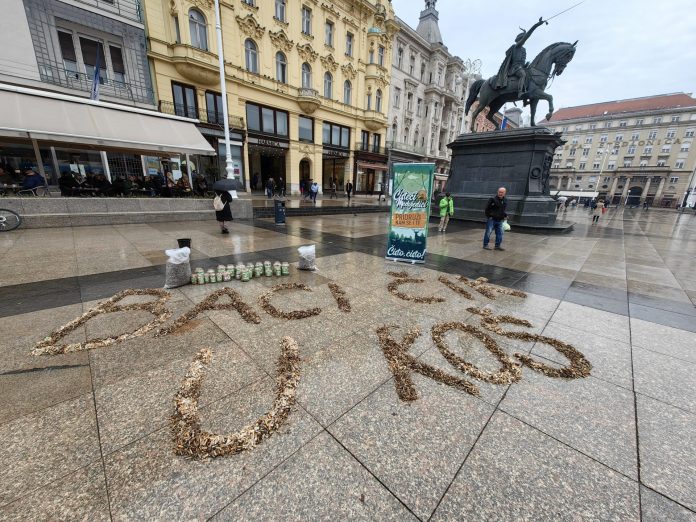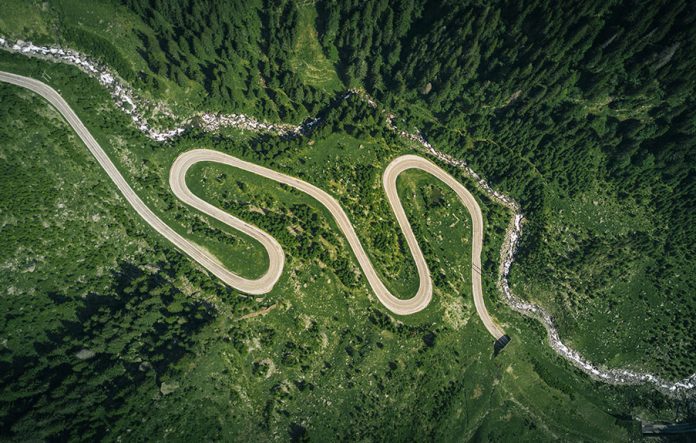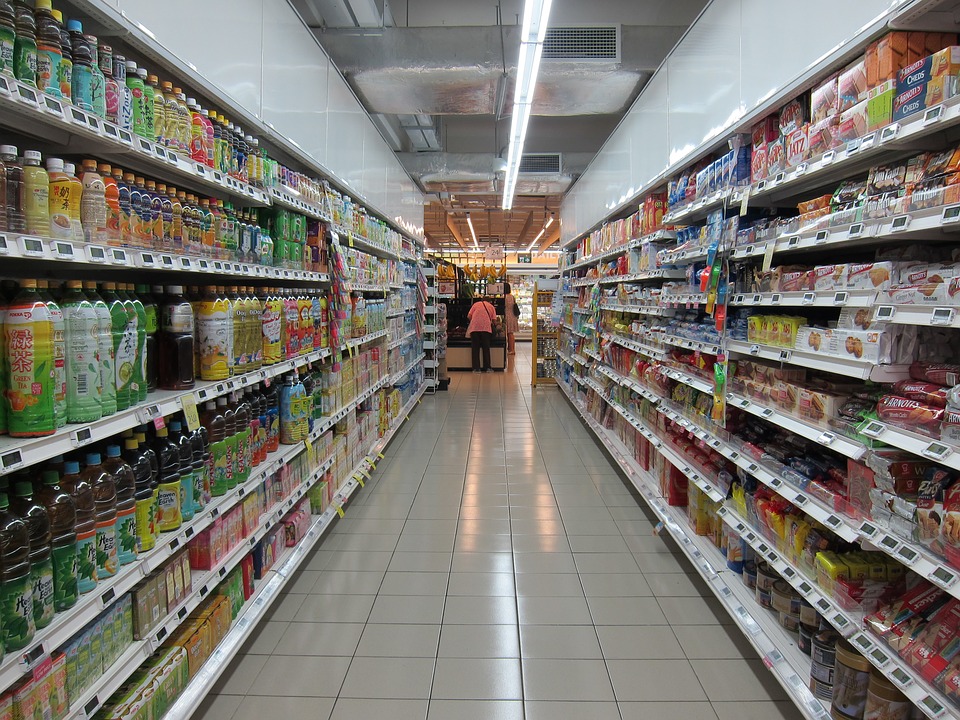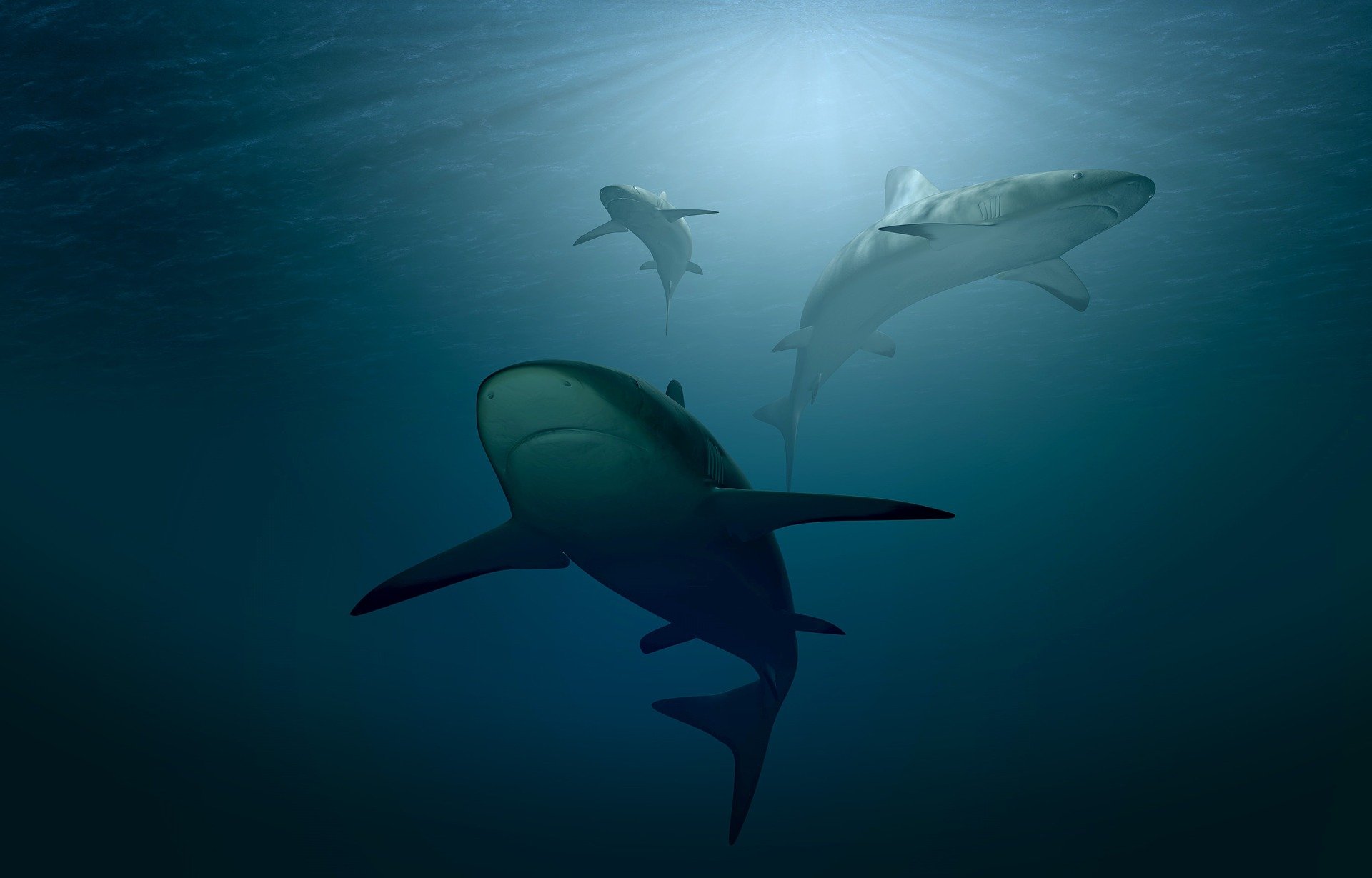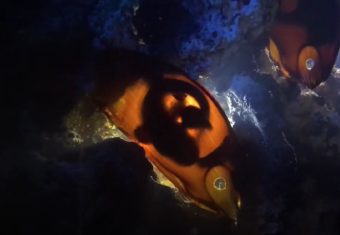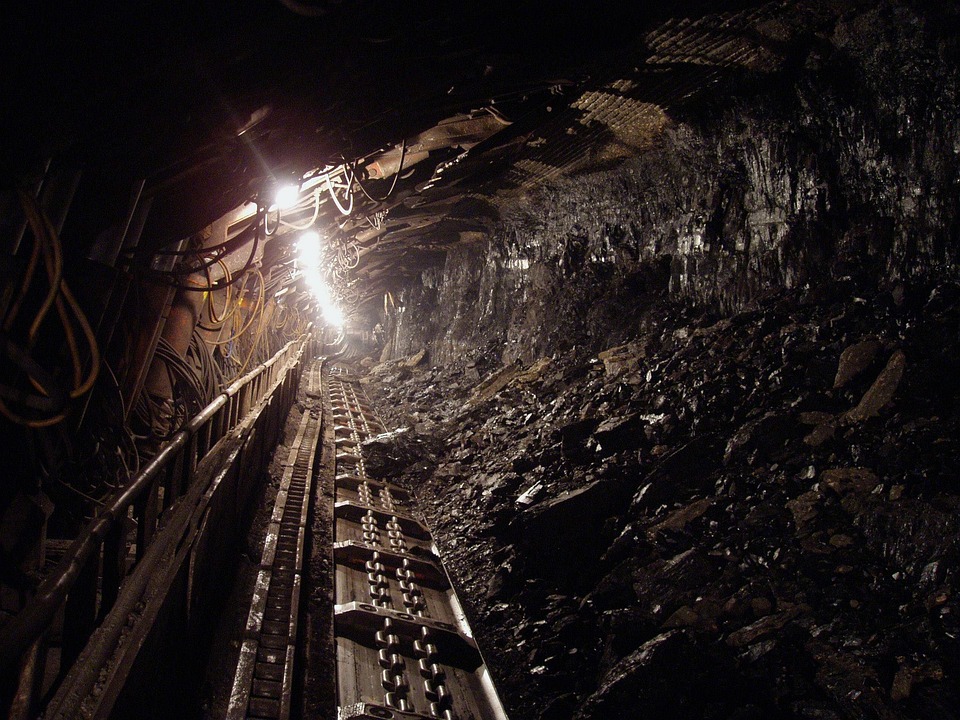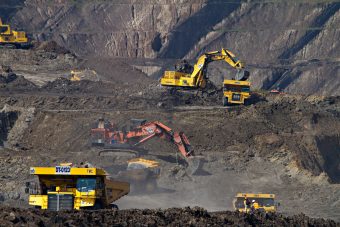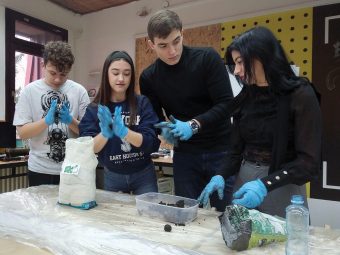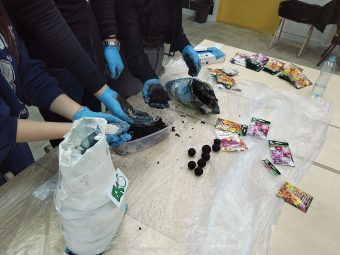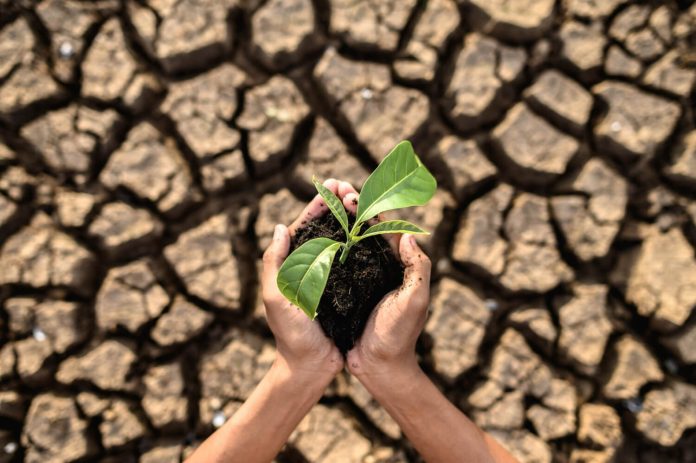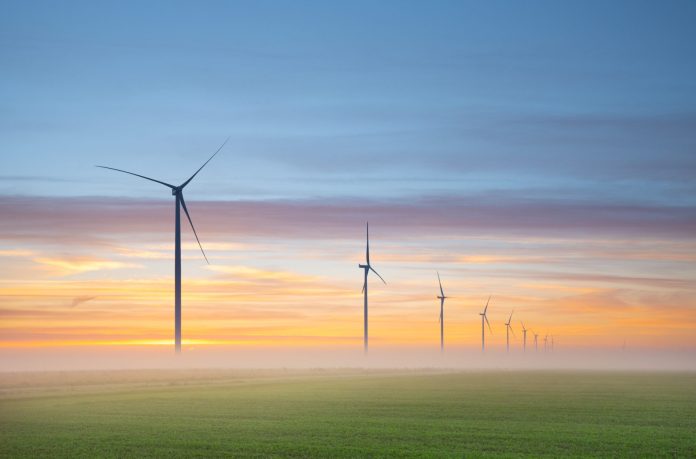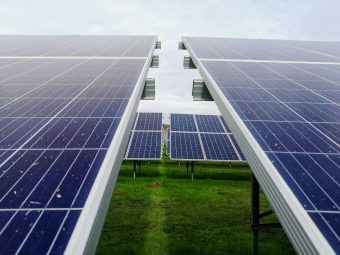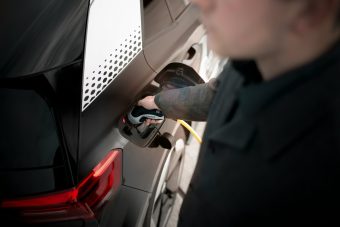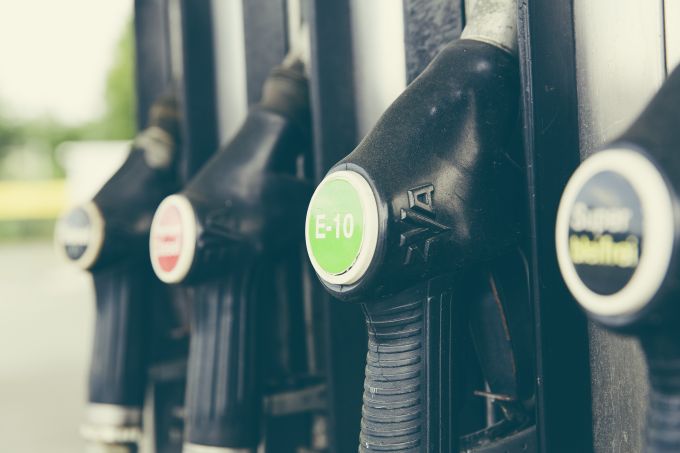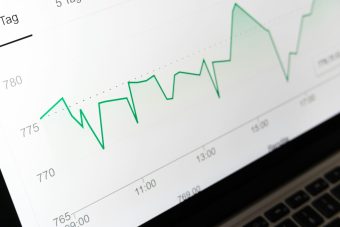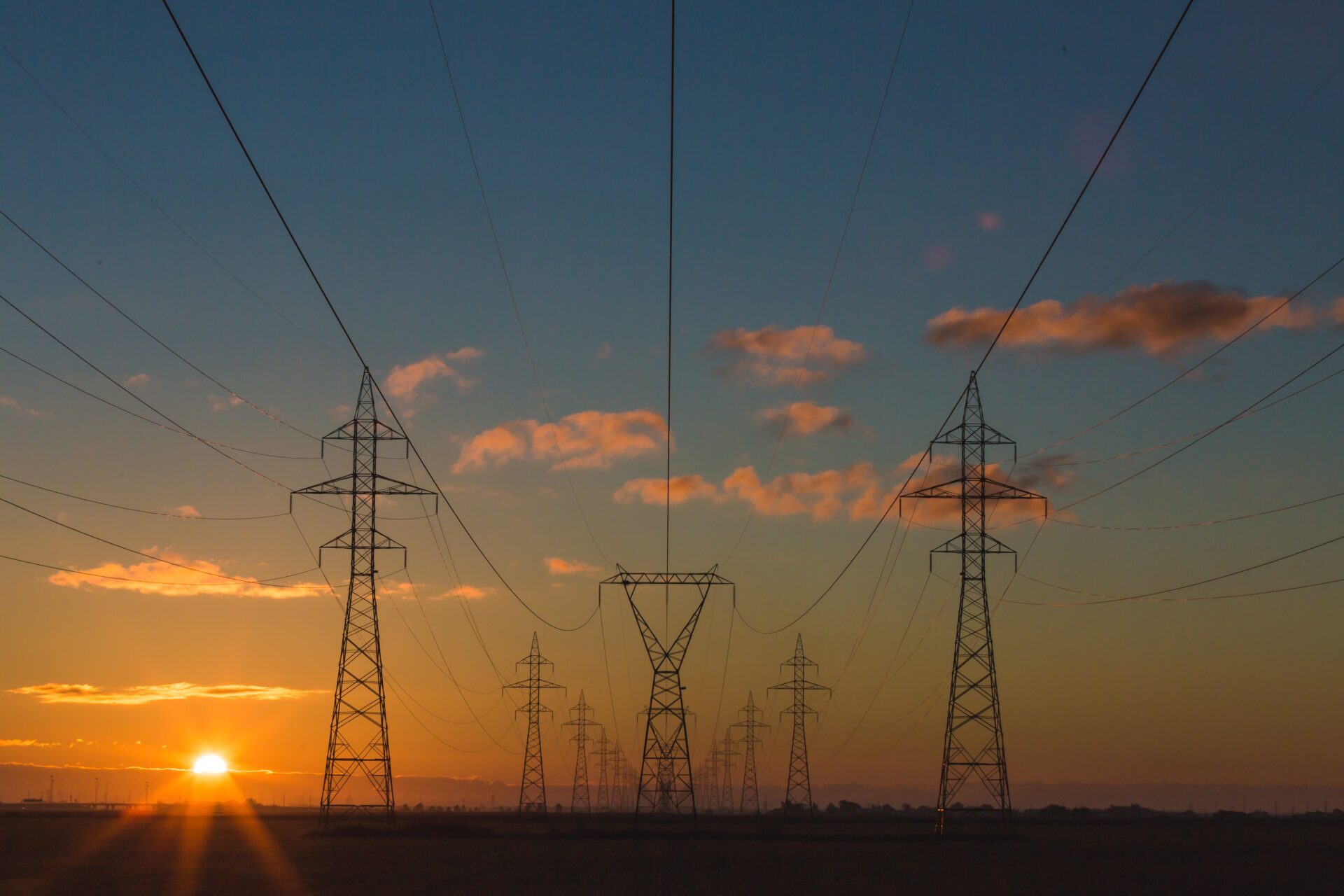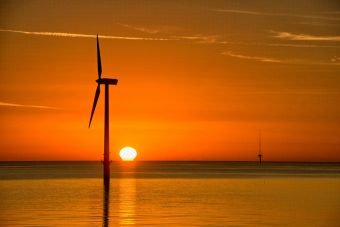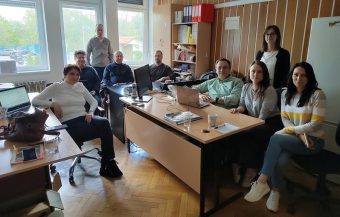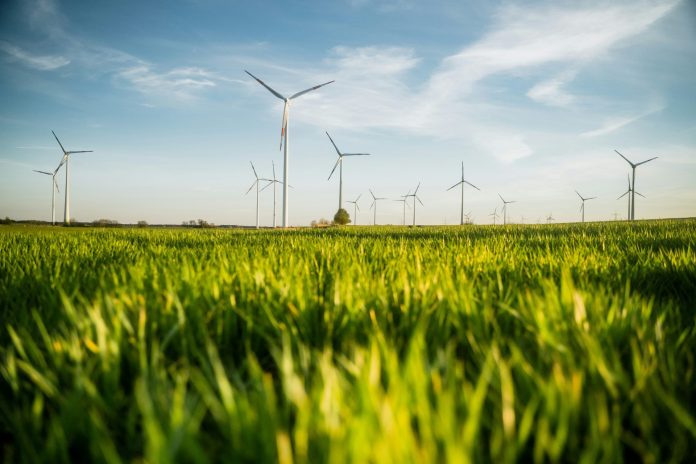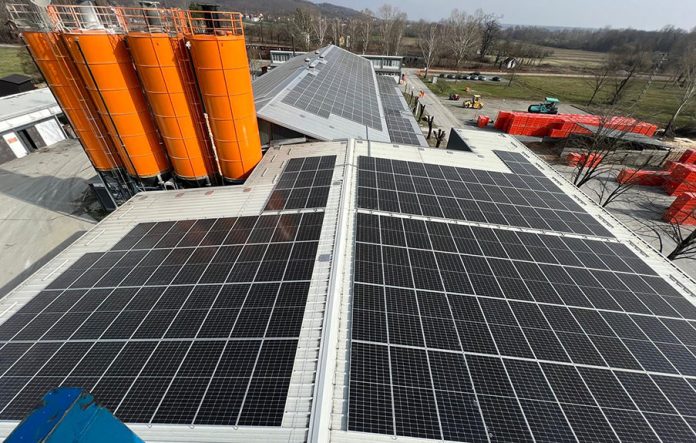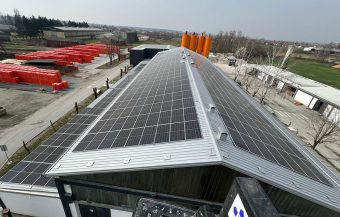
As Paris celebrates with the Opening Ceremony of the Olympic Games, behind the scenes, the International Olympic Committee (IOC) and Paris 2024 Organising Committee of the Olympic and Paralympic Games (Paris 2024) have committed to take action to protect nature.
This is the first Games to take place since the establishment of Sports for Nature (S4N) – a joint initiative of IUCN, the IOC, the United Nations Environment Programme (UNEP), the Secretariat of the Convention on Biological Diversity, and Dona Bertarelli Philanthropy.
Yesterday, on the eve of the Opening Ceremony, some 500 Heads of State, government representatives, sports bodies and civil society actors came together for a summit in support of the Paris Agreement for Sport and Sustainable Development. This agreement, composed of ten commitments, includes a call to mobilise action by joining the Sports for Nature (S4N) initiative.
S4N aims to deliver transformative action for the environement, by 2030 and beyond, by enabling sports to champion nature and contribute to its protection and restoration. It provides a game plan for sporting events — at all levels — to accelerate action and inspire others to protect nature.
More:
- ISLANDS NEED RESILIENT POWER SYSTEMS MORE THAN EVER. CLEAN ENERGY CAN DELIVER
- GLOBAL FUND FOR CORAL REEFS APPROVES MORE THAN 25 MILLION USD IN ADDITIONAL FUNDING FOR RESILIENCE ACTION
- ANCHORING ENVIRONMENT, CLIMATE AND SUSTAINABILITY AS PART OF THE EU’S STRATEGIC PRIORITIES IS KEY TO SUCCESS
The event was hosted in the French capital by President Emmanuel Macron and the President of the IOC, Thomas Bach on Thursday evening. It made clear their determination to ensure that sport contributes to the Sustainable Development Goals (SDGs), and their broader commitment to use sport to inspire future generations. The inclusion of S4N enshrines protections for nature as an important part of this Games’ legacy, helping to shape future sporting events.
“We are honoured that the Sports for Nature initiative was recognised as part of the Paris Agreement for Sport and Sustainable Development. The Sports for Nature initiative puts nature and biodiversity at the heart of the sports agenda. Its inclusion in the plans for the Olympic Games, and its resulting legacy, will help to inspire action on biodiversity for generations to come”, said Dr Grethel Aguilar, IUCN Director General.
Dr Aguilar also serves on the IOC Sustainability and Legacy Commission, an advisory body providing expertise on the development and promotion of sustainability practices throughout the Olympic movement.
The IOC and Paris 2024 are among many high-profile sporting bodies who are signatories of the S4N Framework. Together they have put nature on the agenda of the Olympic and Paralympic Games preparation, its organisation and its legacy.
Source: IUCN



